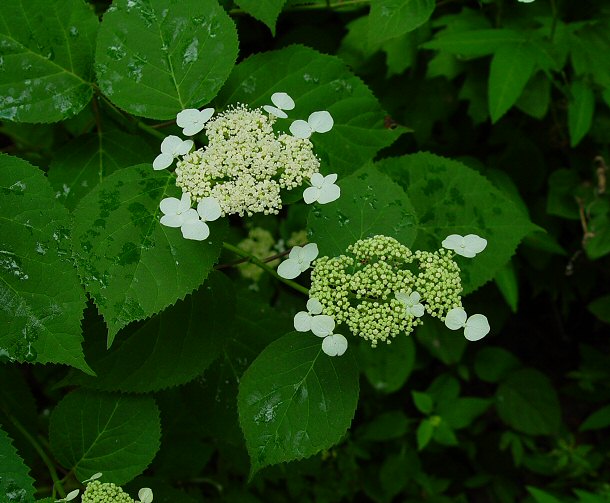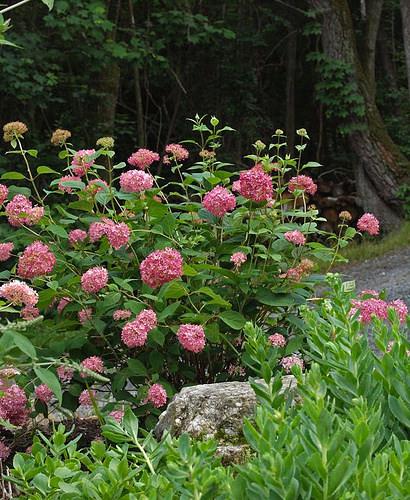Native Plant Profile – Mountain Hydrangea
go.ncsu.edu/readext?1080018
en Español / em Português
El inglés es el idioma de control de esta página. En la medida en que haya algún conflicto entre la traducción al inglés y la traducción, el inglés prevalece.
Al hacer clic en el enlace de traducción se activa un servicio de traducción gratuito para convertir la página al español. Al igual que con cualquier traducción por Internet, la conversión no es sensible al contexto y puede que no traduzca el texto en su significado original. NC State Extension no garantiza la exactitud del texto traducido. Por favor, tenga en cuenta que algunas aplicaciones y/o servicios pueden no funcionar como se espera cuando se traducen.
Português
Inglês é o idioma de controle desta página. Na medida que haja algum conflito entre o texto original em Inglês e a tradução, o Inglês prevalece.
Ao clicar no link de tradução, um serviço gratuito de tradução será ativado para converter a página para o Português. Como em qualquer tradução pela internet, a conversão não é sensivel ao contexto e pode não ocorrer a tradução para o significado orginal. O serviço de Extensão da Carolina do Norte (NC State Extension) não garante a exatidão do texto traduzido. Por favor, observe que algumas funções ou serviços podem não funcionar como esperado após a tradução.
English
English is the controlling language of this page. To the extent there is any conflict between the English text and the translation, English controls.
Clicking on the translation link activates a free translation service to convert the page to Spanish. As with any Internet translation, the conversion is not context-sensitive and may not translate the text to its original meaning. NC State Extension does not guarantee the accuracy of the translated text. Please note that some applications and/or services may not function as expected when translated.
Collapse ▲Hydrangea arborescens or the Mountain Hydrangea grows wild in much of the southeast and mid-atlantic. The native hydrangea graces shaded woodlands from Georgia to New York. The plant has long been a favorite of gardeners.
The straight species Mountain Hydrangea is a dainty plant with unimpressive flowers. The actual flowers are tiny and they are surrounded by a few white bracts which serve to attract pollinators.
Newer cultivars have selected for many more bracts. Cultivars such as ‘Annabelle’ have been super popular for decades. More recently Dr. Tom Ranney at the NC State Mountain Horticulture Research and Education Center in Mills River has developed the ‘Invincibelle’ series of Mountain Hydrangea. ‘Invincibelle’ has huge flower heads and is a consistent pink. The ‘Invincibelle’ series has flowers that are not affected by soil pH at all. In other words, the flowers will always be pink regardless of the soil pH.

‘Annabelle’ hydrangea photo by Dale McNeil from NC State Plant Toolbox






